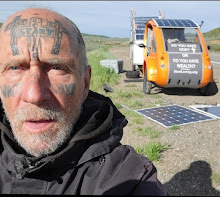Nowhere is the example of a moral rescuer better illustrated than in the story of Irene Gut Opdyke, who, once she became aware of the plight of Jews, was determined to save them no matter what the costs. For years, Gut’s rescuing relationships were central to her life and to her being.
Irene Gut, as a nineteen-year-old nursing student, had become aware of the plight of the Jews from the moment she pushed back the curtains from the window of the hotel in Radom where she worked as a waitress for the Nazi Major Ruegemer. She had seen the misery of the Jews in the ghetto outside and could not forget that misery. Irene and her sister left food for the Jews, but when the Nazis closed down the ghetto behind her hotel, they could only watch in helpless horror from across the street.
One day she and her sister heard shooting. Major Ruegemer, seeing how upset Irene and her sister were at what they had just witnessed, excused them from the day’s work. As the two headed home, they heard still more shooting.
They followed a group of Gestapo to the edge of town. There Gut and her sister saw a mass of shallow graves. The gestapo stood people in front of the graves and opened fire with machine guns. "The earth was shaking with the breath of those who had been buried alive,” Gut recalled. That day, that moment, Gut made a covenant with God. She asked Him for the opportunity to do something. “I asked God to give me responsibility, to bring me the opportunity to help, even if my own life should be taken," she said.
Gut’s first rescue activity, that of leaving food at the ghetto fence, was motivated by an empathy and a conviction that these were human beings like her, not something “other.’ She saw that these people were suffering, and her sense of humanity compelled her to...."
Monday, April 9, 2007
Subscribe to:
Post Comments (Atom)

No comments:
Post a Comment